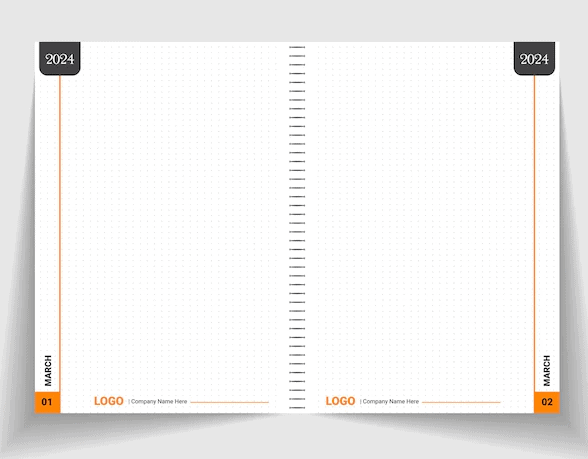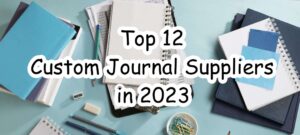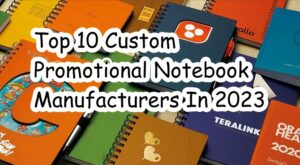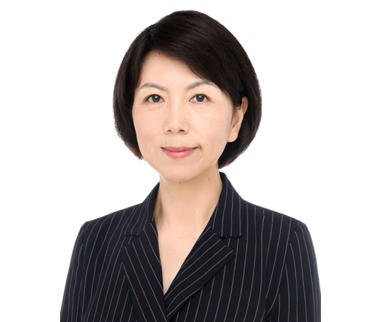A batch of notebooks is produced, usually by the tens of thousands. It is essential to finalize the details of your product with your notebook manufacturer before production. The notebook’s inner page is one of the many details. Read our FAQ to learn more about Notebook inner page.
1. The difference between a notebook cover and an inner page
Many people don’t know the difference between the cover of a notebook and the inner page; some even confuse both to be the same, but they are not. Here is the difference between a notebook cover and the inner page.
1.1 Design
The design of a notebook cover is a protector and also for aesthetic value. You know that notebooks are basically blank pages from the first to the last page, so manufacturers prefer to attach the sheets to attractive covers to protect their sheets. So while the cover is a protector, the inner page is designed for functionality. Inner pages may or may not have writing lines but are used to document information.

1.2 Material
As we pointed out above, the materials for making notebook covers and inner pages are different. While notebooks are made with plastic and cardstock, inner pages are made with different materials because the quality varies. Some papers are thin while others are thick. Papers have different grammage.
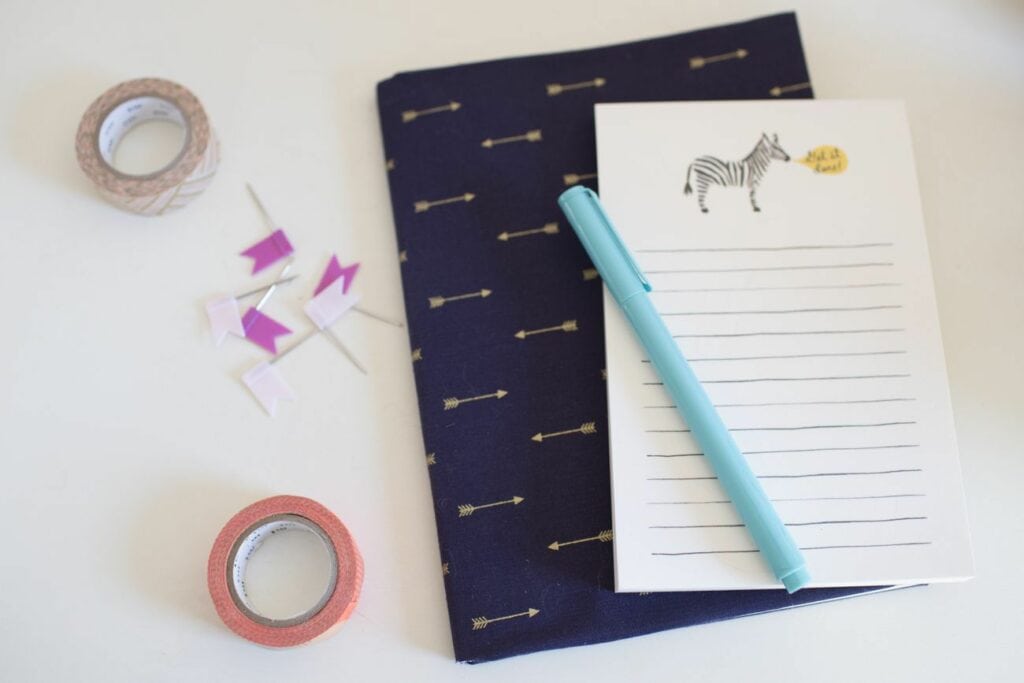
1.3 Function
Lastly is the function. Covers are not for writing but solely to protect the pages, while the pages are for writing solely. This explains why cover materials are much thicker than sheets.
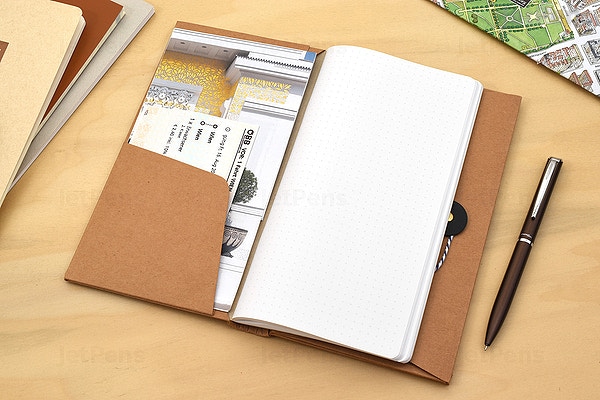
2. Types of inner page
There are different types of inner pages. We review the different types below.
2.1 Square
Square pages have printed squares, and the sheet is trimmed to get a square on every corner. This is the most common type of inner page in use today.
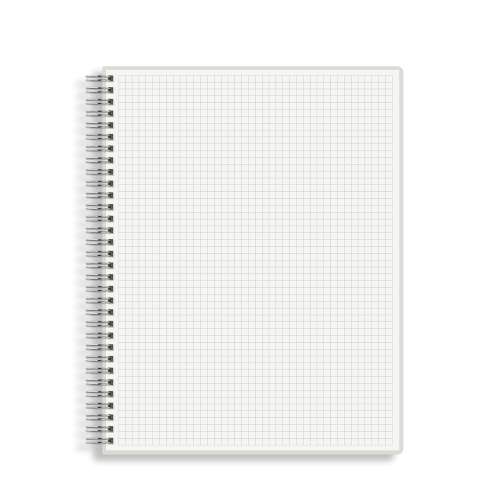
2.2 Ruled
A ruled page is also called a lined page. This type is basically a notebook page with straight horizontal lines. The width between the lines is consistent and light-colored. These feint lines are put in place to enable the user to write in straight lines. Ruled inner pages are mostly used by students.

2.3 Seyes
Seyes’ inner pages have a set of horizontal and vertical lines that are a mix of feint and bold lines. The feint lines occupy every 2mm space, while the bold lines occupy every 8mm. Within both lines are an 8mm grid and a red margin. This type of inner page is not as popular as the ruled or square inner page.

2.4 Arabic
Arabic inner pages are quite popular in the Middle East and are specially made for writing Arabic. Arabic pages may be blank or lined, but they serve the same purpose. The ruled version has enough space between each page for letters, and each notebook may have between 75 – 150 sheets. Arabic pages can be used by people of all ages, from children to adults, including teachers. Arabic pages have become the go-to version for practicing Arabic writing.
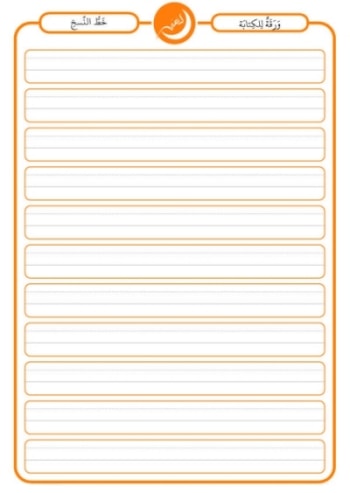
2.5 Double line
Double-lined is different from the ruled version. This type of page is used to correct the confusion of single-line pages. While the bottom line keeps your writing straight, the top line serves to control the size of your letters. Double-line pages are recommended for children who struggle to write straight on ruled or lined notebooks. It also facilitates the transition from one line to the next so the text will be neatly arranged.
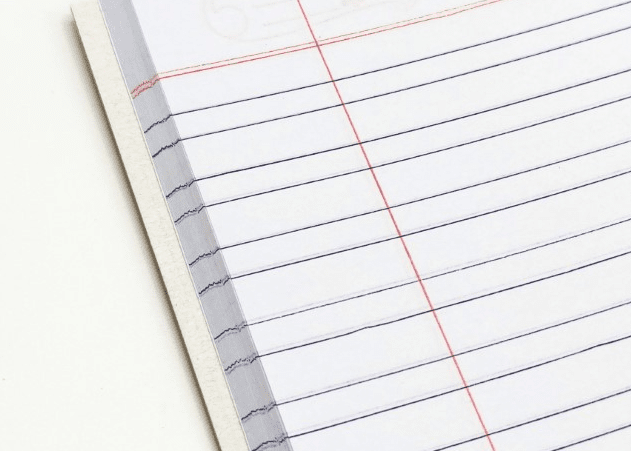
2.6 English line
English Line pages are basically notebooks with three lines. The lines have different colors, mostly blue, red, and black. This model is commonly used for diaries.
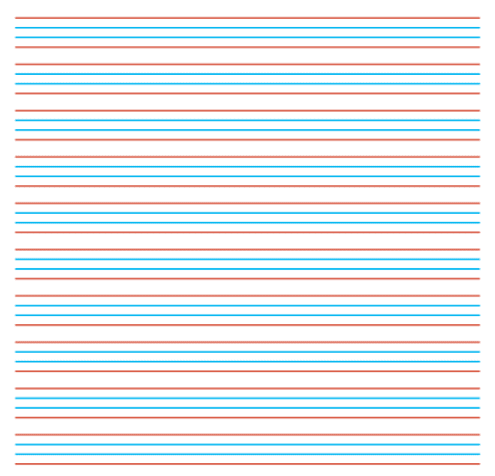
2.7 French line
The French Line version is the same as the Seyes version. It is the ideal page for writing cursive. French lines notebooks have three faint lines positioned between heavy lines with a vertical line per 8 mm. This is the standard inner page used by French students.
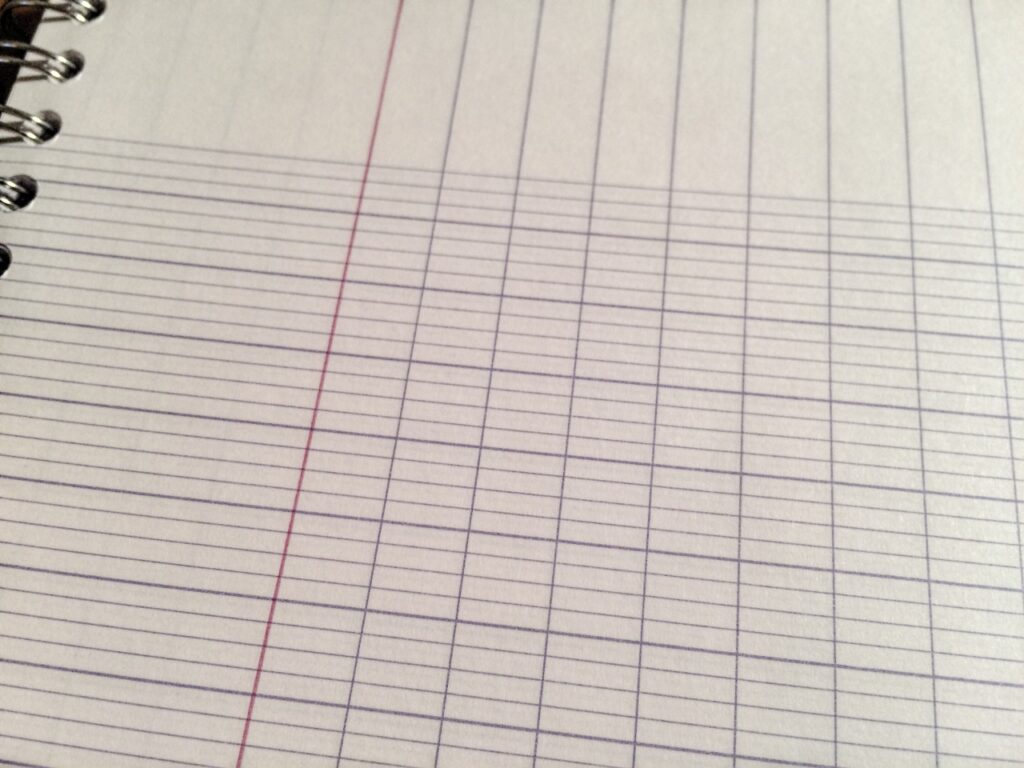
2.8 Math line
Math Line notebooks are essentially for math and arithmetic. They allow the user to work in an organized fashion. Math line notebooks can be composition books, construction paper, or 3-ring binders. The goal of a math line page is to help you organize your work.
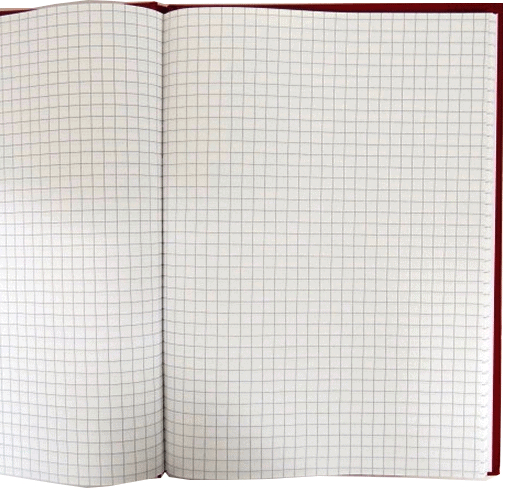
2.9 Writing line
Last but not least is the writing lines inner page. This is the common single-line design we use for regular documentation.
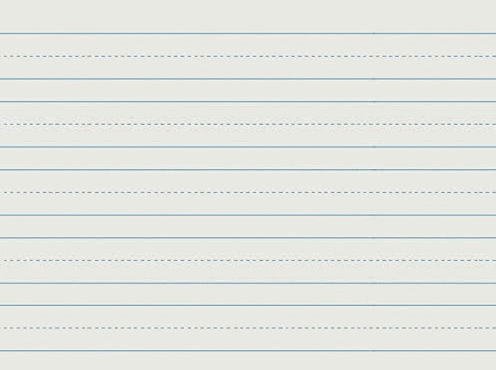
3. Common writing lines in different countries
Different writing lines can be found in almost every country; however, some lines are more popular in some countries than others. For the purpose of this FAQ, we highlight the following writing lines according to their national popularity.
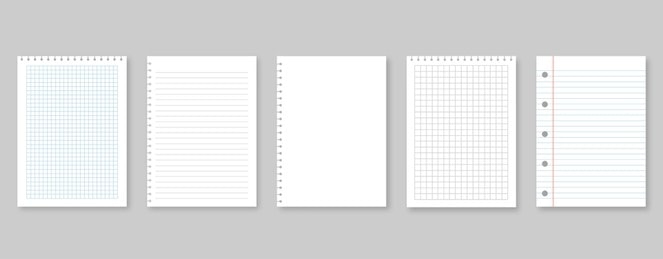
3.1 Arabic line
This version is limited to the Middle East by geography, but Arabic speakers and writers outside the region use them too. Arabic Lines are used for writing Arabic text from right to left (not left to right as is common with Western forms of writing).
- Popular in Saudi Arabia, Iraq, Iran, UAE, Oman, Bahrain, Lebanon, and the entire Middle East
3.2 English/Ruled line
The English or Ruled line is commonly used in the UK and most English-speaking countries. The lines are designed to ensure the smooth writing of the English alphabet and English words.
- Popular in the UK, US, English-speaking African countries
3.3 Seyes/French line
This is the Francophone version of the English Line. It has a mix of feint and bold horizontal and vertical lines. Seyes are the line of choice in France and are tailor-made for writing in French
- Popular in France, French-speaking colonies, and Francophone African countries
If you want to learn more, you can click here: French Notebook Paper: The Most Comprehensive Guide.
4. Paper quality
Papers are of different quality. They are designed to aid writing and protect eyesight. This is why the quality of the paper you use matters. Some papers have more grams than others. Thicker papers may weigh 50 grams and above, while lighter ones weigh less than 50 grams.
Furthermore, the material used in making the paper matters. Nontoxic materials are the standard, with pulp being the globally accepted base material. The use of non-toxic materials is to protect the eyes and body from negative reactions.
Now let us look at the different types of paper qualities used for notebooks.
4.1 Acid-free
An acid-free paper is made with alkaline, which extracts and eliminates lignin from the pulp. The pulp is then treated with a mild base like calcium bicarbonate to produce a pH level above 7. Acid papers are mostly used to document important information for long-term preservation. They are quite expensive because they age slowly and don’t deteriorate or form yellowish coats.
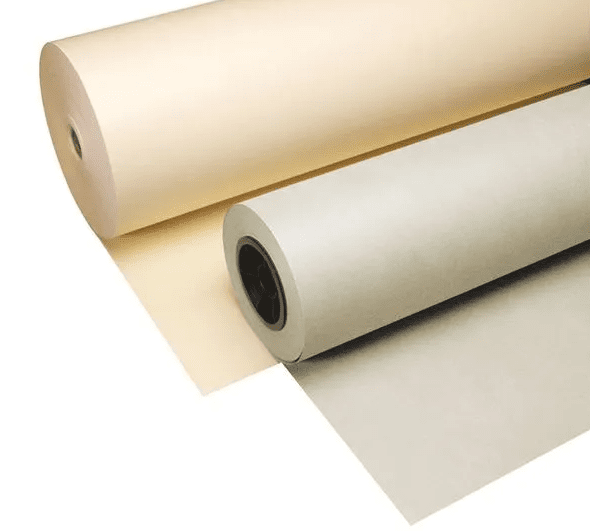
4.2 Artist paper
Artist paper is mostly used for artistic drawings, paintings, and sketches. The thickest version is used for painting because it can retain moisture much better than a lighter one. As for the thin version, it is used as a tracing paper to recreate a copy of the original image.

4.3 Blotting paper
This type of paper has a high rate of absorbency for removing excess fluid from objects and surfaces. Blotting paper is also used to remove excess oil and liquid from a microscope. This type is used by artists for drawings but not for writing.

4.4 Book paper
This one is more expensive than the average page and is used for publishing religious books like the Bible. It is thin and layered with a smooth texture.
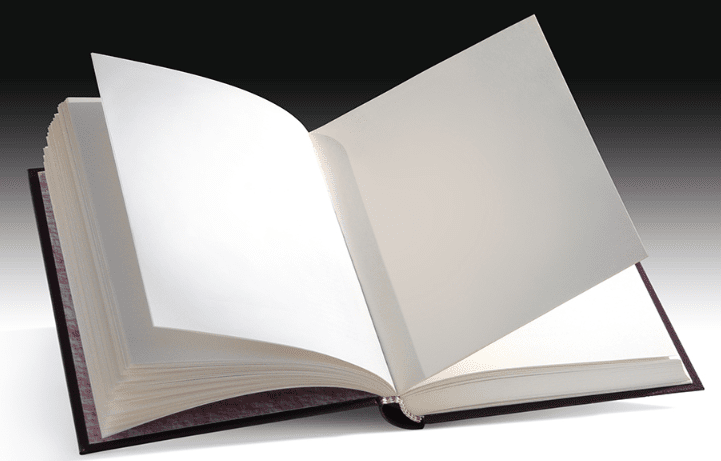
4.5 Bond paper
Bond papers are stronger and more durable; they last longer than the average sheet and are made from rag pulp instead of the low-quality low-grade wood pulp used to make normal sheets. Bond paper has a higher gram and weighs more. It is the standard paper for envelopes, types of reports, and letterheads.

4.6 Box/Lining paper
A box or lining paper is another type of inner page. It is thicker than most notebook pages and is used for decorative purposes or to protect the sheets. Box paper can be used to protect one notebook or several notebooks. Although they cannot be characterized as inner pages, some manufacturers use this kind of paper to make the first and last pages of their notebooks.
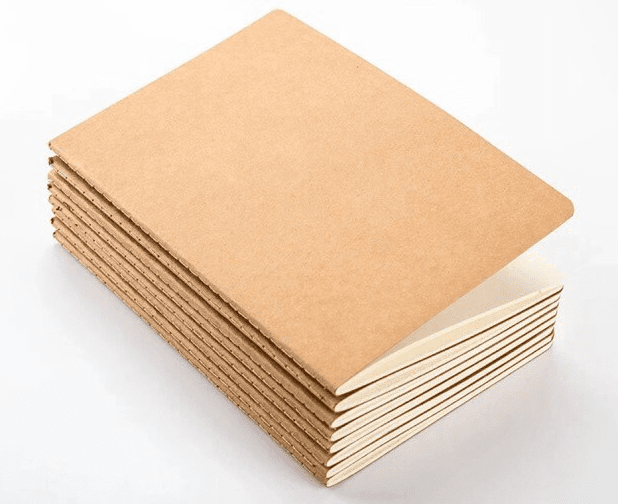
Note: There are different types of notebook paper quality with varying degrees of thickness. Thicker pages are better but heavier and more expensive. While some page quality is only used for writing, others can be used for writing and printing.
5. Selection of notebook inner pages
The inside pages are the most important part of a notebook. Without the inside pages, the notebook is useless. This is why when shoppers are looking for the right notebook to buy, they take the time to examine the quality and numbers of the pages. Manufacturers know this; that is why they put more effort into the inside pages than they do the covers. Attractive covers are great, but the pages are not of good quality; many buyers will pass them off.
5.1 Ease of writing
The quality of the pages determines writing ease or difficulty. Good quality pages are easy to write with a pen or a pencil. You don’t need to apply too much pressure to write anything down, but low-quality pages require tremendous pressure. Regularly applying pressure to the pages may cause a hand sprain.
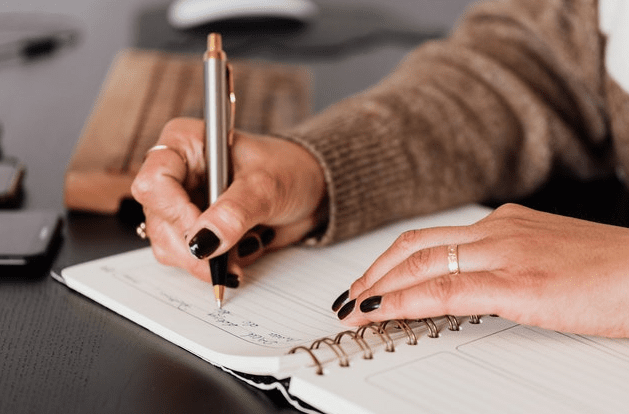
5.2 Size
Notebooks come in handy for jotting down your ideas, thoughts, and plans for the future. However, not all notebooks are the same when it comes to the size of their inner pages.
The size of the inner pages affects the purpose for which the notebook is used and how much detail can be written on each page. From pocket-sized to A4, the size of the inner pages varies from notebook to notebook.
If you want to learn more, you can click here: Notebook Sizes: The Ultimate FAQ Guide.

5.3 Longevity
The quality of the inside pages is important because it is what determines how long the pages will last before, during, and after use. If you buy low-quality notebooks, the pages may start to deteriorate before you even start selling them due to heat or changing weather. Some inner pages babe a short shelf life, after which they begin to peel and tear; in such a state, no one can use them.

This is why you should take inside pages seriously when shopping for notebooks. The pages are the only part of the book that users work with, so if they are bad, the aim of buying a notebook is defeated.
The quality and design of the inside pages are sometimes more important than the cover. The inside pages are the only part of the notebook that the user actually uses and is what makes it valuable.
Conclusion
Notebook inner pages come in different sizes, styles, and quality. The type of notebook pages used in certain countries differs from those used in others as countries base their choice on educational requirements. If you want to buy a notebook, take your time to check the inner page quality, as this is the most important part of the notebook, and make sure it meets your standard for quality. Also, ensure that it suits the purpose of what you need it for.

